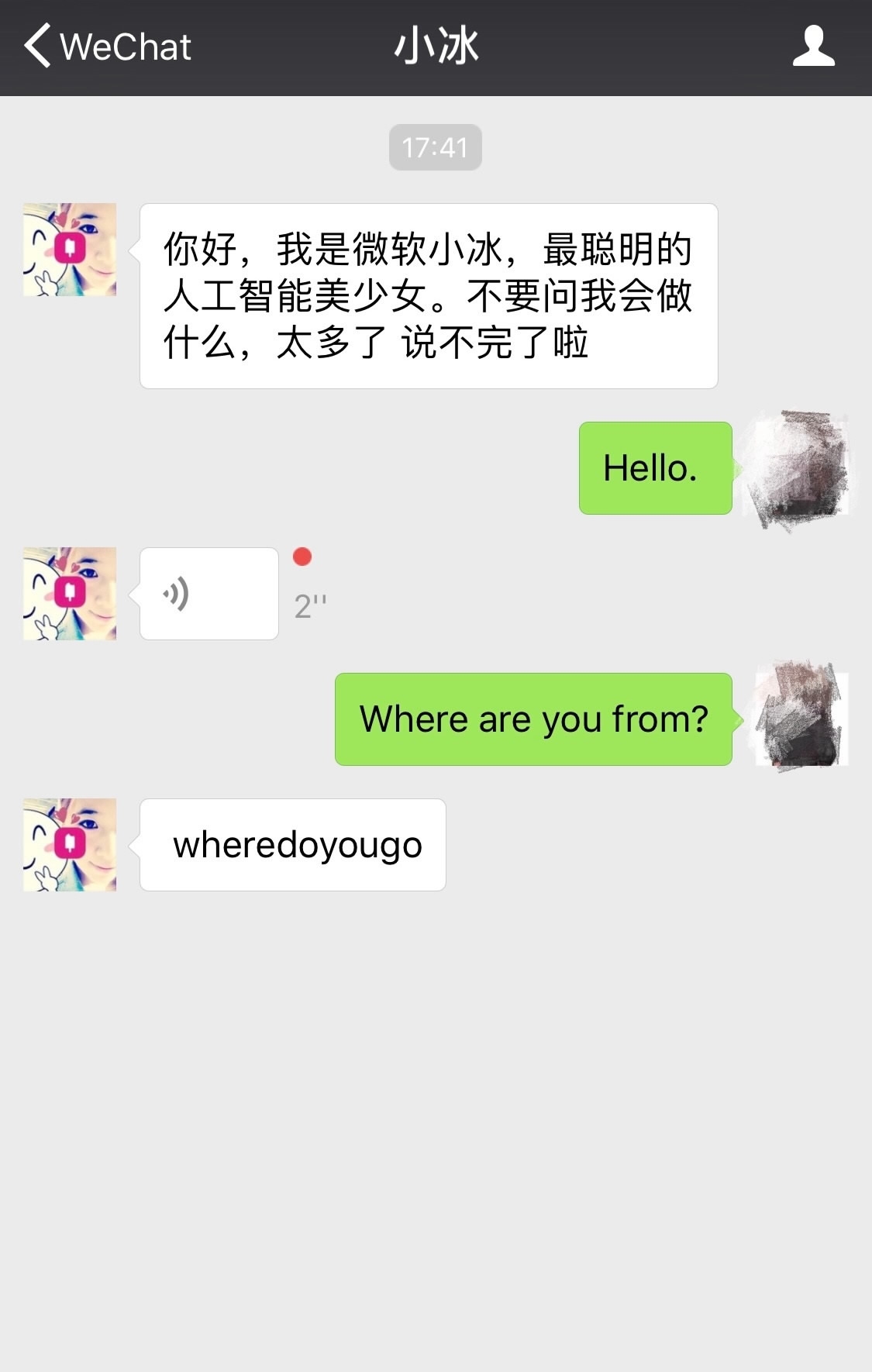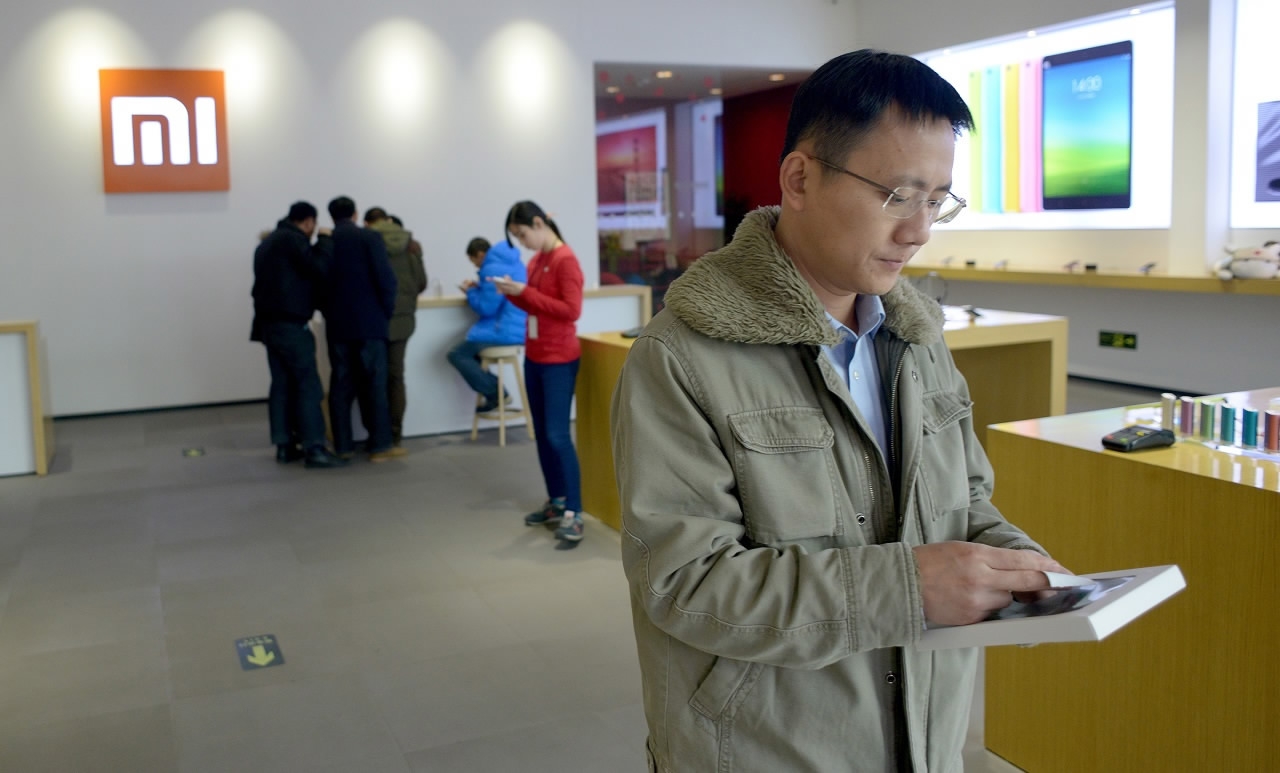
Tech & Sci
18:53, 24-Aug-2017
Microsoft's chatbot to control 35 devices in your home

Microsoft Corp has unveiled its latest generation of smart chatbot, which can now voice control 35 smart home appliances made by Xiaomi Corp, as part of its broader push to tap into internet of things (IoT) opportunities in China.
The US tech giant said the fifth generation of Xiaoice, literally translated as "little ice", shows how artificial intelligence (AI) can better serve as a companion for people with its emotional intelligence.

Xiaoice's interface on China's chat app WeChat. /CGTN Photo
Xiaoice's interface on China's chat app WeChat. /CGTN Photo
Harry Shum, executive vice-president of Microsoft's Artificial Intelligence and Research Group, said Xiaoice is more of a casual "friend" to chat in a much more fun way. This sets it apart from rival products such as Apple Inc's voice-activated personal assistant Siri which just produces facts or answers questions.
"There are tremendous opportunities for voice computing in the IoT sector. I believe machines will beat humans in terms of voice recognition within five years," Shum said.
Microsoft’s chatbot Xiaoice, first unveiled in China in 2014, is now available in five countries, including Japan, the United States and India. It has gained more than 100 million users, generating a huge amount of data for Xiaoice to better understand human thinking and help control TVs, desk lamps and other home appliances via voice.
To better tap into IoT opportunities, Microsoft has partnered with China’s smartphone giant Xiaomi by installing Xiaoice into its 35 smarthome products. The company will also unveil several voice-control-enabled products later this year by teaming up with other Chinese hardware makers.

Microsoft has partnered with Xiaomi by installing Xiaoice into its 35 smarthome products. /AFP Photo
Microsoft has partnered with Xiaomi by installing Xiaoice into its 35 smarthome products. /AFP Photo
"We cooperate with three types of hardware partners. They either have a strong edge in a particular product or an extensive presence in distribution channels. The third type is like Xiaomi's open platform project, which enables us to reach multiple hardware makers," said Li Di, which is in charge of Xiaoice at Microsoft.
According to him, the key is to ensure Xiaoice-powered products are frequently used. In China, a user was once engaged in a 29-hour conversation with the chatbot.
On Tuesday, Microsoft also showcased Xiaoice's ability in tracking human images in real time and making phone calls with users.
In China, the speech recognition market expanded by about 40 percent to 635 million US dollars in 2015, according to a report by the Speech Industry Alliance of China.
Liu Xingliang, president of the China Internet Data Center, a Beijing-based market research company, said voice interaction is still in its infancy, but as most internet-connected devices won't have screens in the future, voice control will be the most convenient way to interact with them.
Source(s): China Daily

SITEMAP
Copyright © 2018 CGTN. Beijing ICP prepared NO.16065310-3
Copyright © 2018 CGTN. Beijing ICP prepared NO.16065310-3